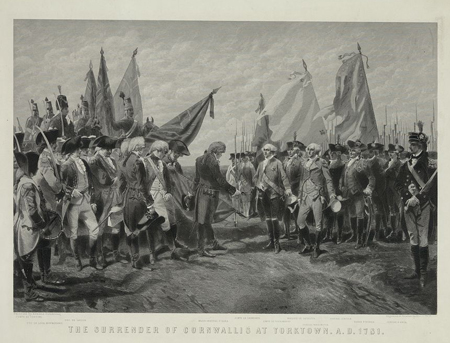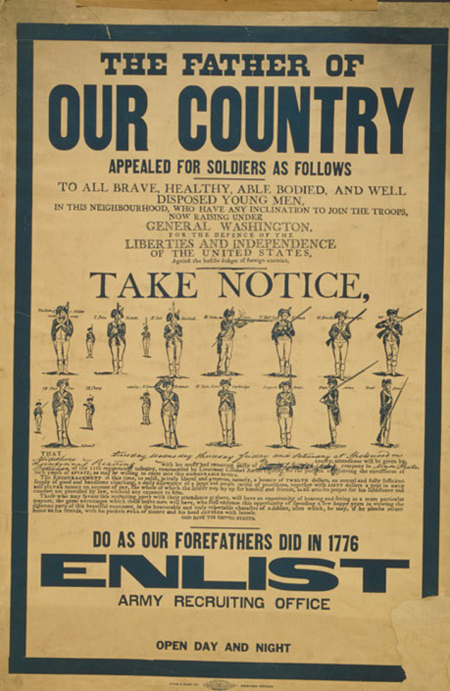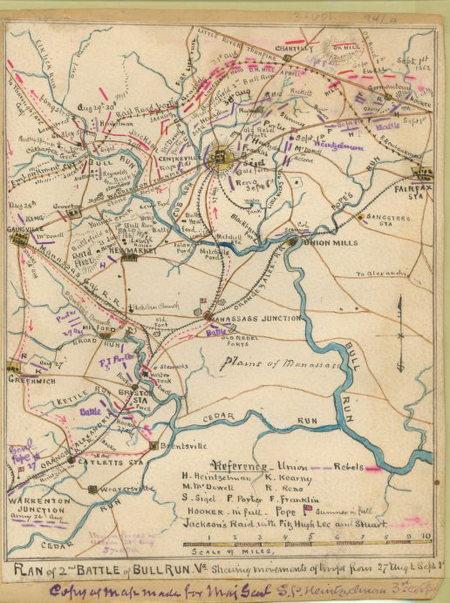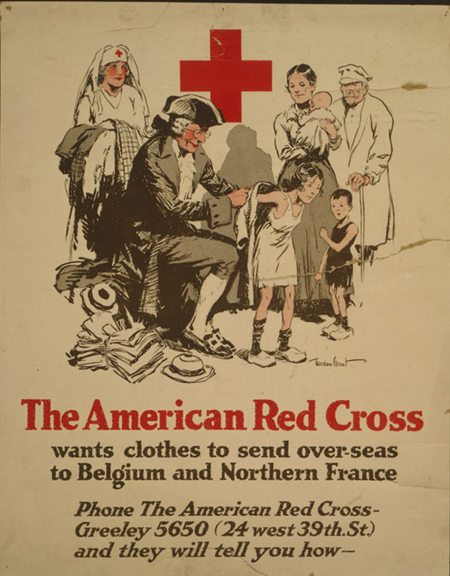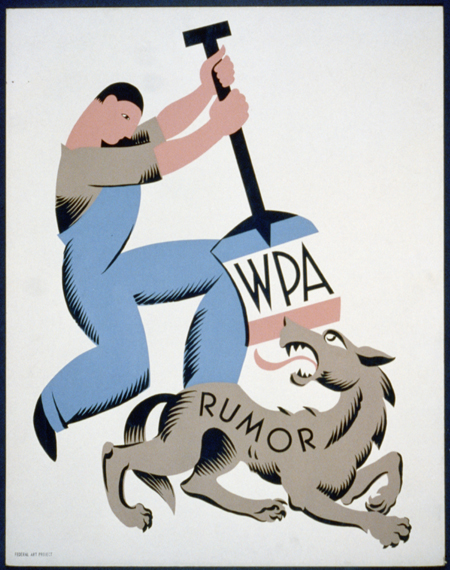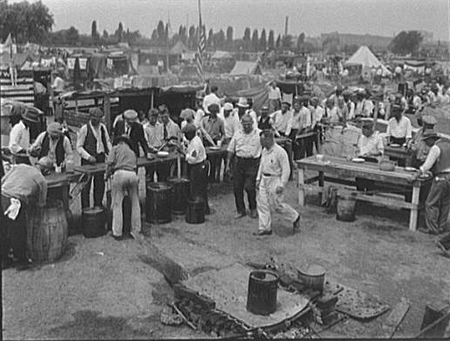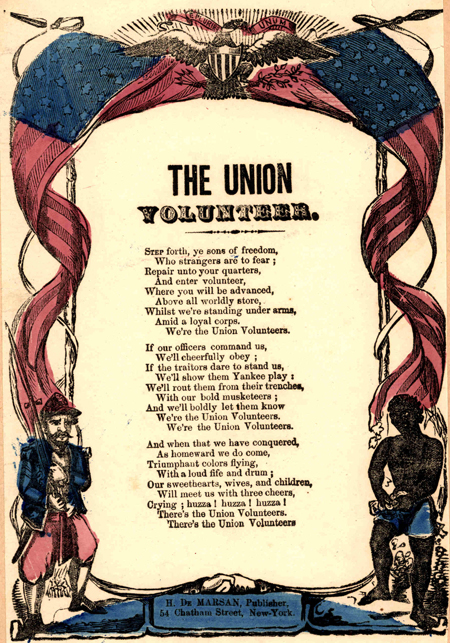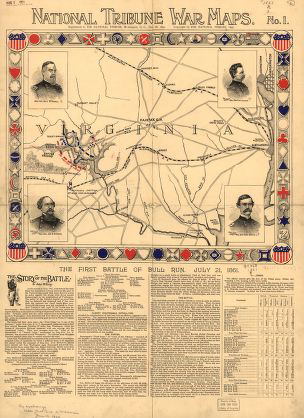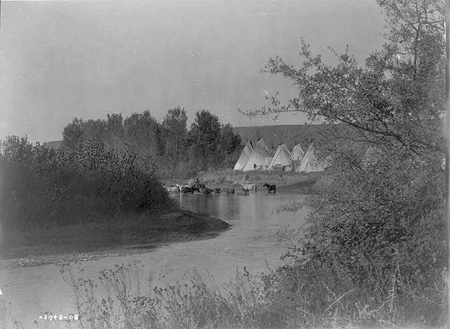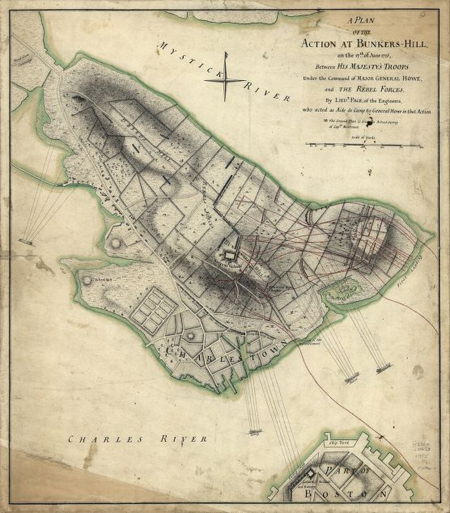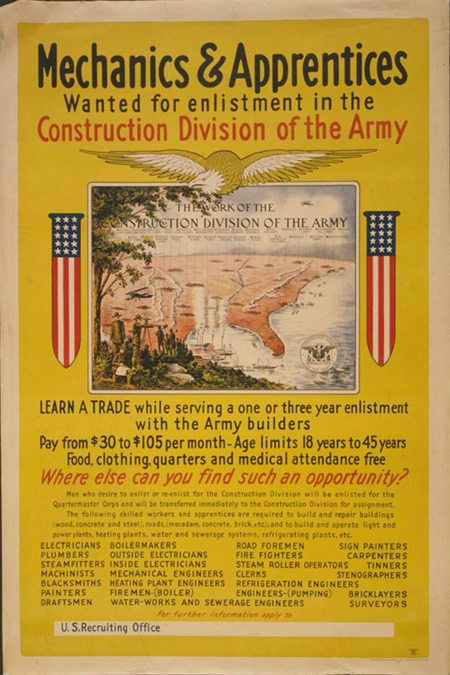Today in History: Surrender at Yorktown
Today in History–October 19–the Library of Congress features the surrender at Yorktown of British General Charles Cornwallis to General George Washington on this day in 1781. Learn more by visiting the Today in History section, then click the links below to access more stories and primary sources about Cornwallis and the American Revolution. General Cornwallis primary source set Surrender of Yorktown primary source set Cornwallis surrender at Yorktown historical…

